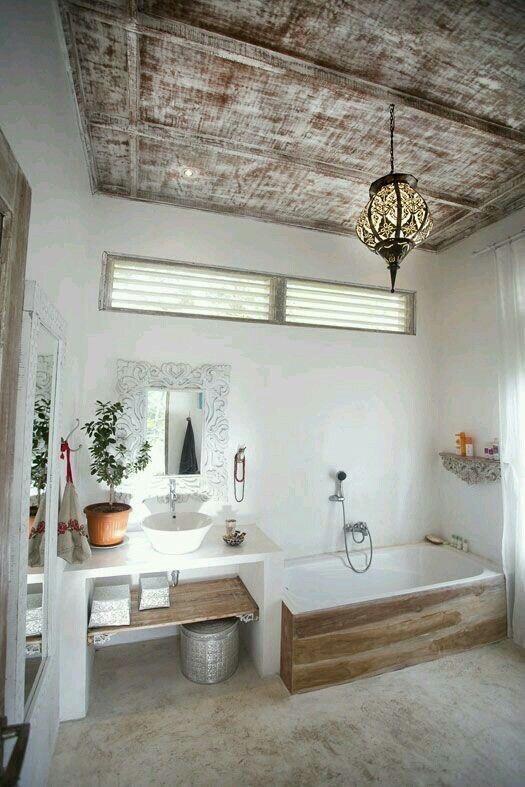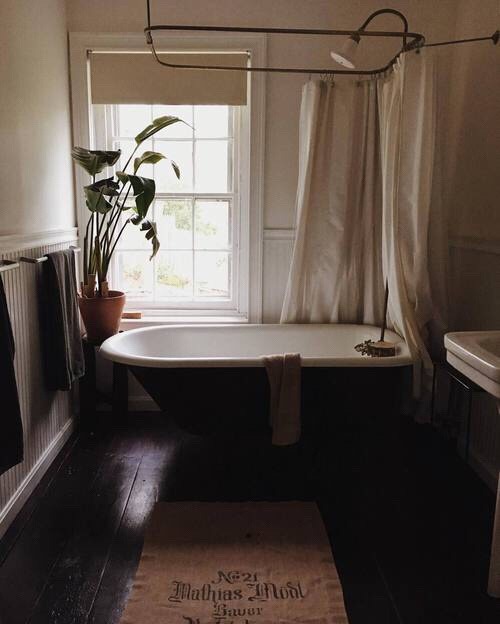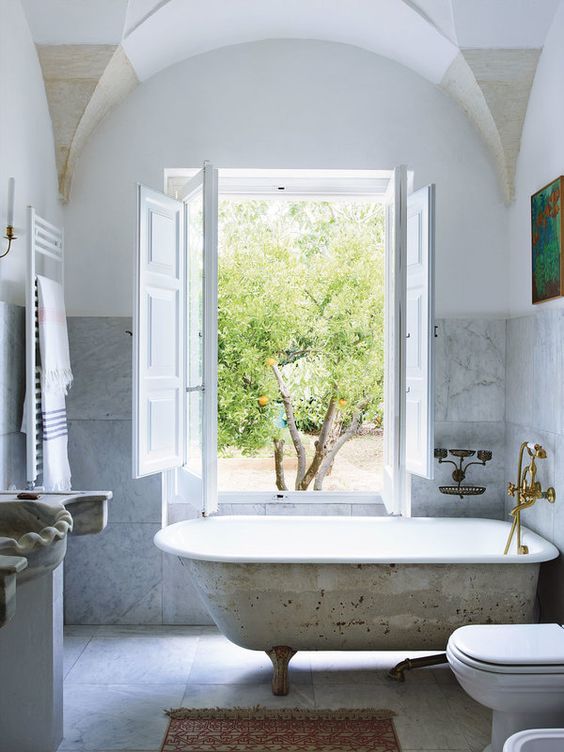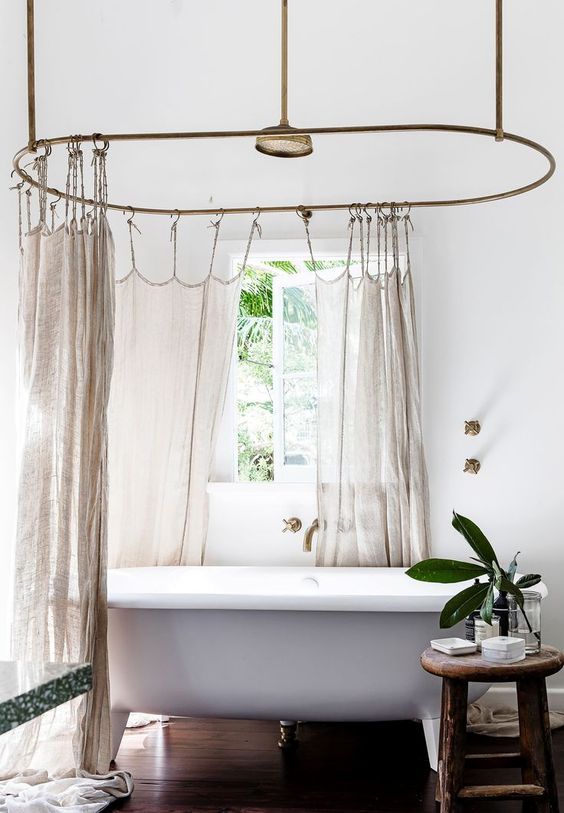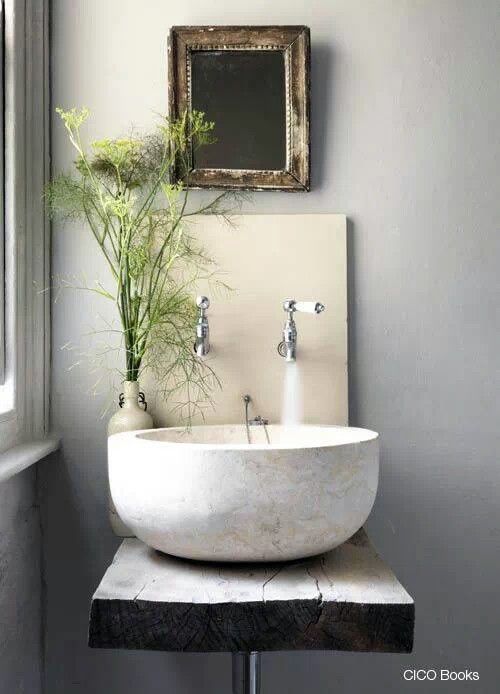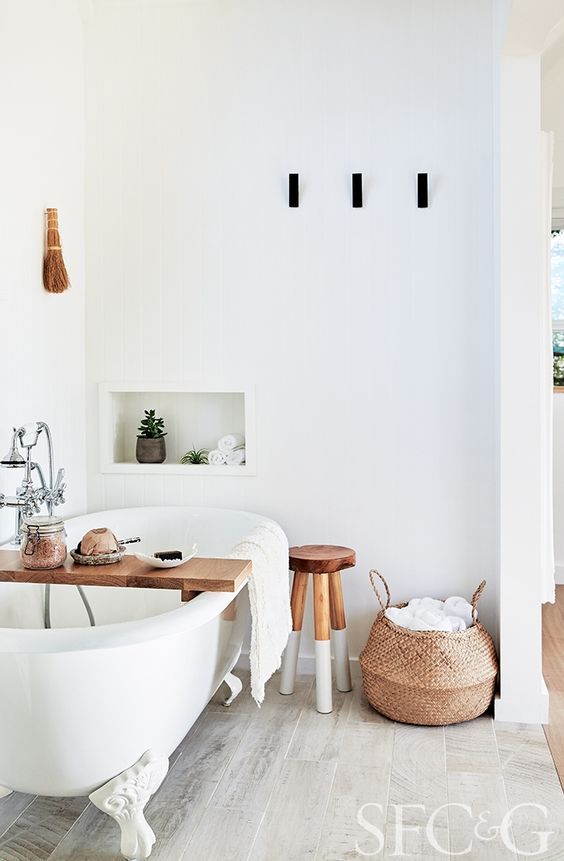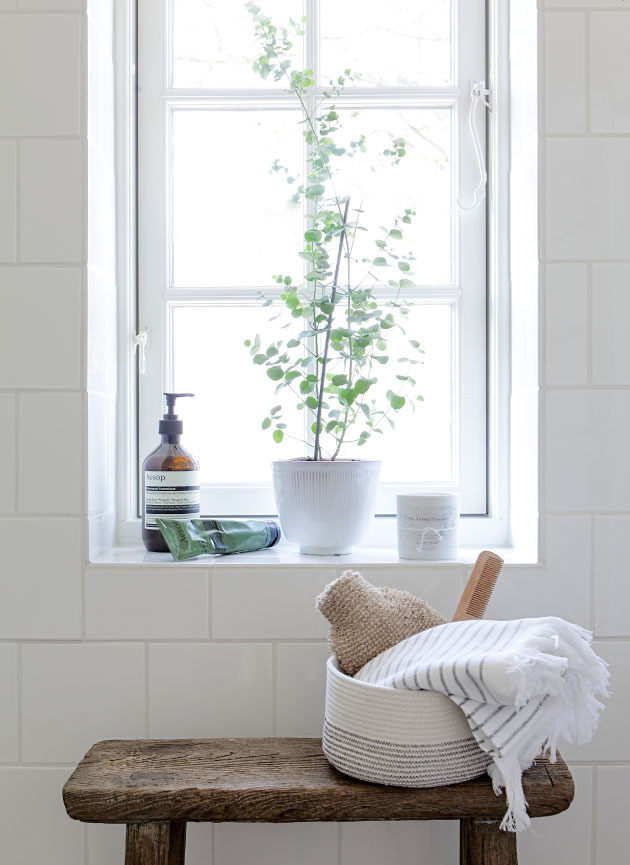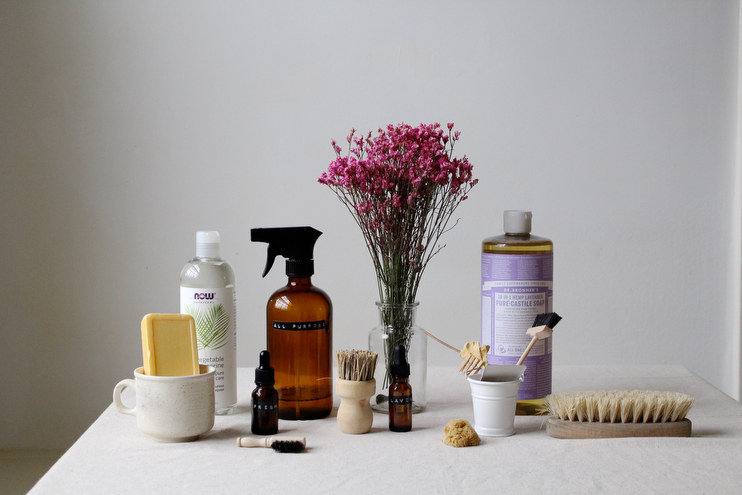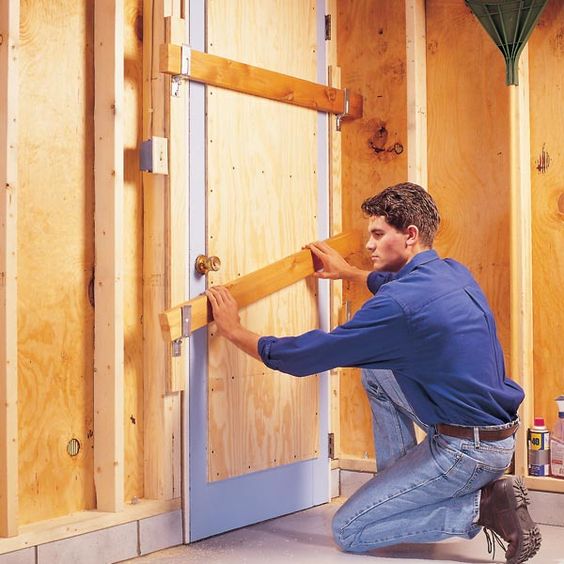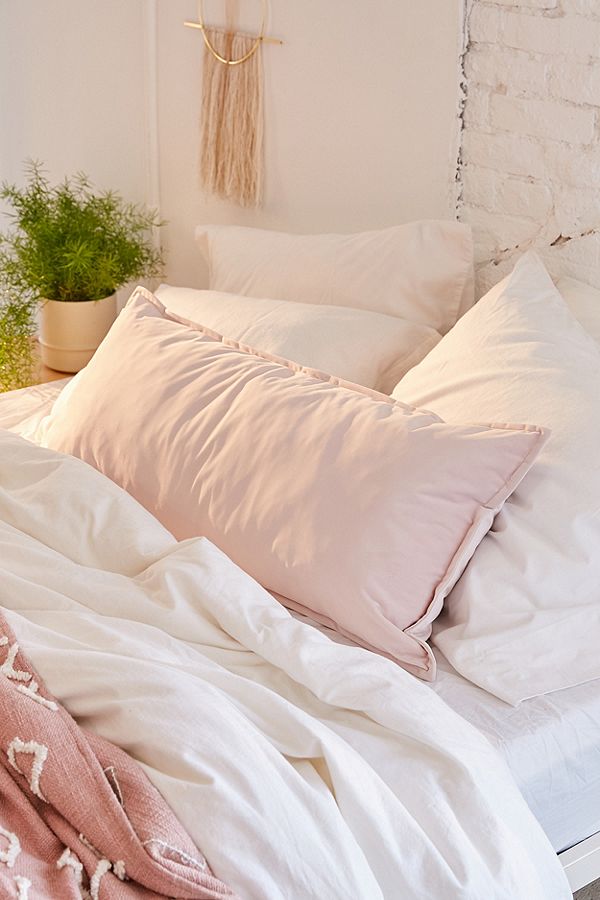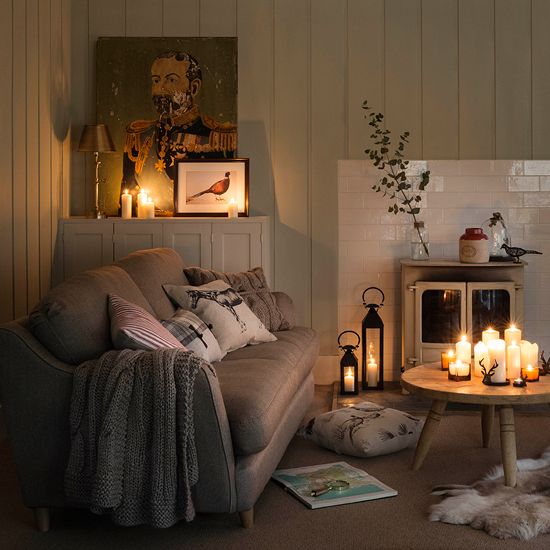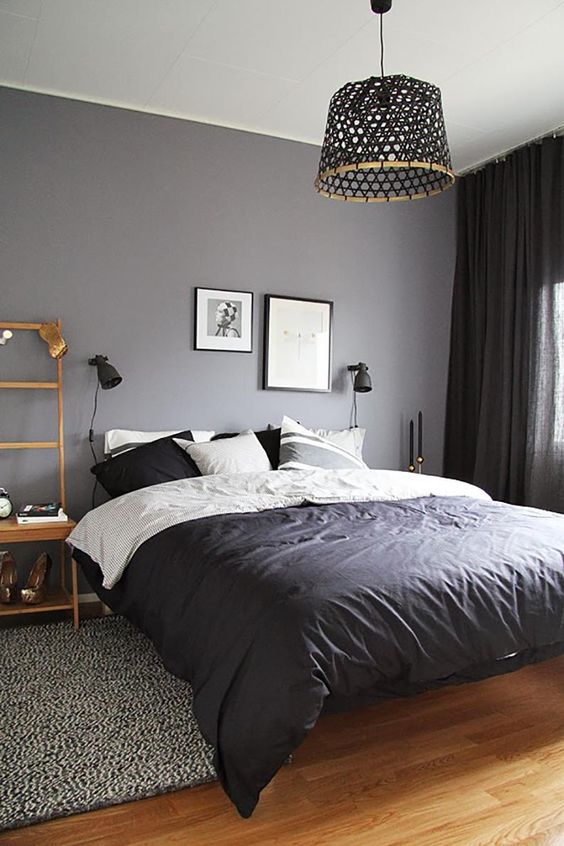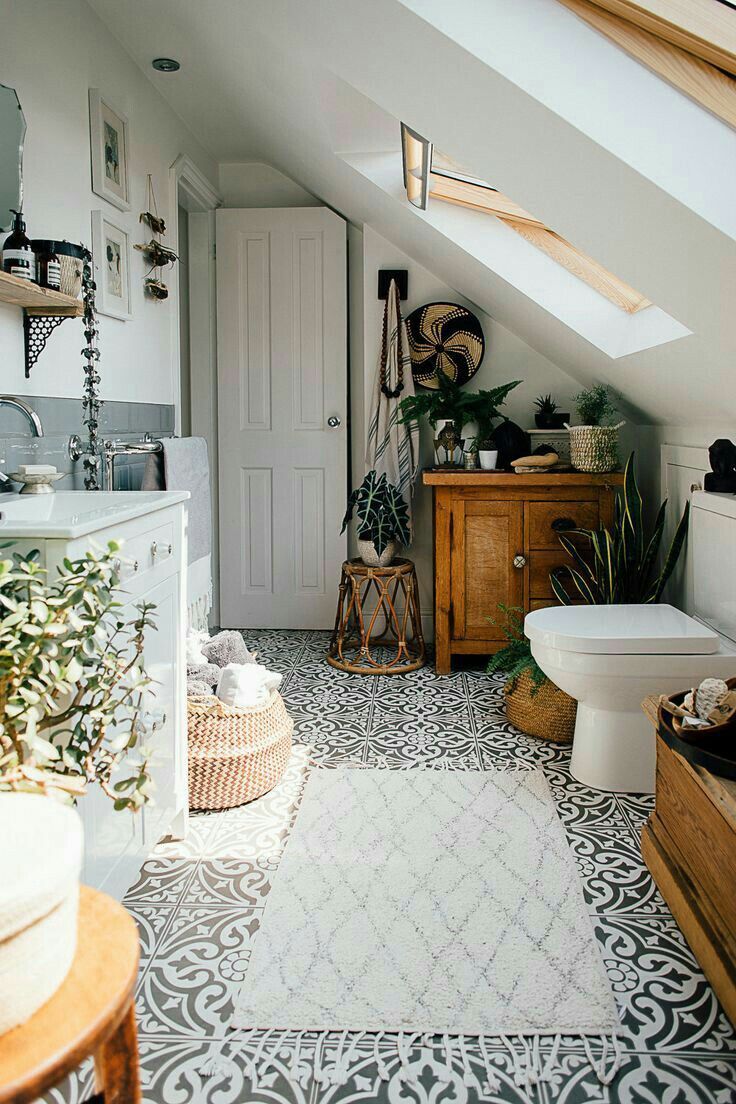Six Ways to Create an Eco-Friendly Bathroom
With global warming and climate change just nipping at the world’s toes, going green is the only option. So how can you help? Aside from doing the 3Rs (reduce, reuse, recycle), you can gradually convert your house into an eco-friendly space. Your bathroom is just the perfect place to start.
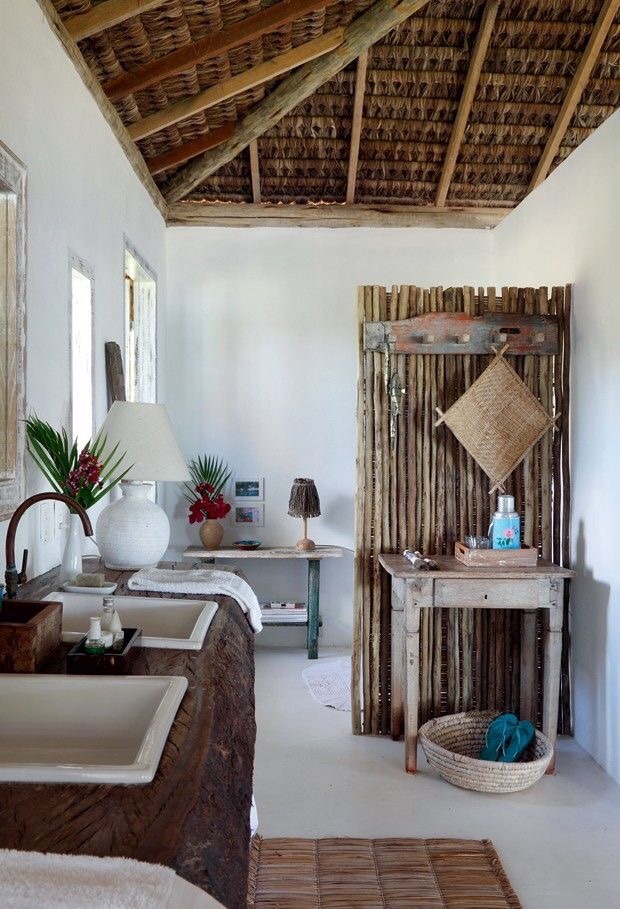
An average person uses the bathroom 6 to 7 times a day to urinate, at least once to defecate, and once to shower. Your bathroom is responsible for 47 percent water consumption of your home, with the shower taking 27 percent of the amount.
Water supply isn’t the only thing you need to think about; there’s also the energy consumption. Most bathrooms have one light bulb, more if you truly want good lighting and one exhaust fan. So how do you begin? Here are six ways you can create an eco-friendly bathroom.
Use energy-efficient light bulbs and fan
The perfect bathroom would not complete without good lighting. It allows better vision for grooming, makeup, cleaning, and basically everything you do in the bathroom. It also enhances your bathroom’s aesthetic. Now you don’t have to sacrifice energy-efficiency and economy for good lighting.
You can turning your bathroom eco-friendly with energy-efficient light bulbs, like compact fluorescent lamps, light emitting diodes (LEDs), halogen incandescents. They can save up to 25 percent to 80 percent energy compared to traditional light bulbs and last up to 3 to 25 times longer. By changing to energy-efficient light bulbs, you can cut energy consumption, your electricity bill, and help save the environment.
An exhaust fan removes moisture from your bathroom, which inhibits the growth of molds and mildew. It also helps keep glass surfaces clean (e.g., the bathroom mirror). Standard fans use about 60 watts
Replace old toilet
Your old toilet consumes up to 3.5 to 7 gallons of water every time you flush. That’s a lot of water for one flush. To promote water conservation, federal plumbing standards have set the limit the amount of water toilets use to 1.6 gallon per flush. However, you can go lower than that if you want maximum water savings. Eco-friendly toilets, like the Sanicompact, consume about 1 gallon per flush, saving more water than the average toilet.
Use a low-flow showerhead
The average person showers or baths at least one a day. A 30-minute shower can use up to 75 gallon of water using a standard shower head. If you take a 30-minute shower once every day for a whole year, you use about 27,375 gallons of water. That’s just you. Imagine counting the other 325 million Americans in the picture. The shower consumes the most water in normal homes. Changing to a low-flow showerhead can cut your water consumption to 2 gallons per minute or less. You’re guaranteed to save a half gallon for every minute you shower. Of course, cutting your shower time will help even more to save water.
Install aerators on faucets
An aerator is a device you can install on your faucet to mix air into the water flow. A tap aerator reduces splashing, increases waters pressure, and conserves water. Low-flow aerators use 0.5 gallons per minute (GPM) compared to standard aerator expel 2.2 GPM. This saves about 77 percent more water and energy or about 18,000 gallons of water annually.
Another eco-friendly fixture is the tankless water heater. It’s your answer if you want to take a relaxing, warm bath while enjoying energy efficiency. Read more here for complete information.
Use non-toxic, eco-friendly products
Unfortunately, many of the popular bathroom products in the market do more than just cleaning; they leave toxic chemicals that harm your health. A non-profit, non-partisan organization Environment Working Group assessed over thousands of cleaning products and found that 53 percent of them contained chemicals that are harmful to the lungs.
They found that some products also use formaldehyde; 1,4 dioxane; and chloroform, ingredients which are suspected to cause cancer in humans. These ingredients are not just harmful to humans; they’re also deadly to animals and the environment. Properly disposed of hazardous products and do your research to replace them with non-toxic, eco-friendly solutions.
Try homemade cleaning solutions
There are lots of alternative to chemical-based cleaning solutions. The best part? You find them in your own kitchen. Baking soda, vinegar, lemon juice, and olive oil aren’t just good food ingredients. They’re also awesome cleaning solutions. Baking soda and vinegar can remove stubborn stains and break down mildew and mineral buildup, without leaving harmful chemicals. Lemon juice is also perfect for deodorizing smelly toilets. White vinegar can also unclog shower heads and faucet. Other natural ingredients you can use are castile soap and essential oils.
Ready to go green?
Going completely green needs commitment and effort. It won’t happen overnight. There may be plenty of concessions make, things to give up, and habits to change, but it will all be worth it. Mother Earth is the only world of humans. If humanity doesn’t learn to take care of her now, she may not be able to hold out for long.

